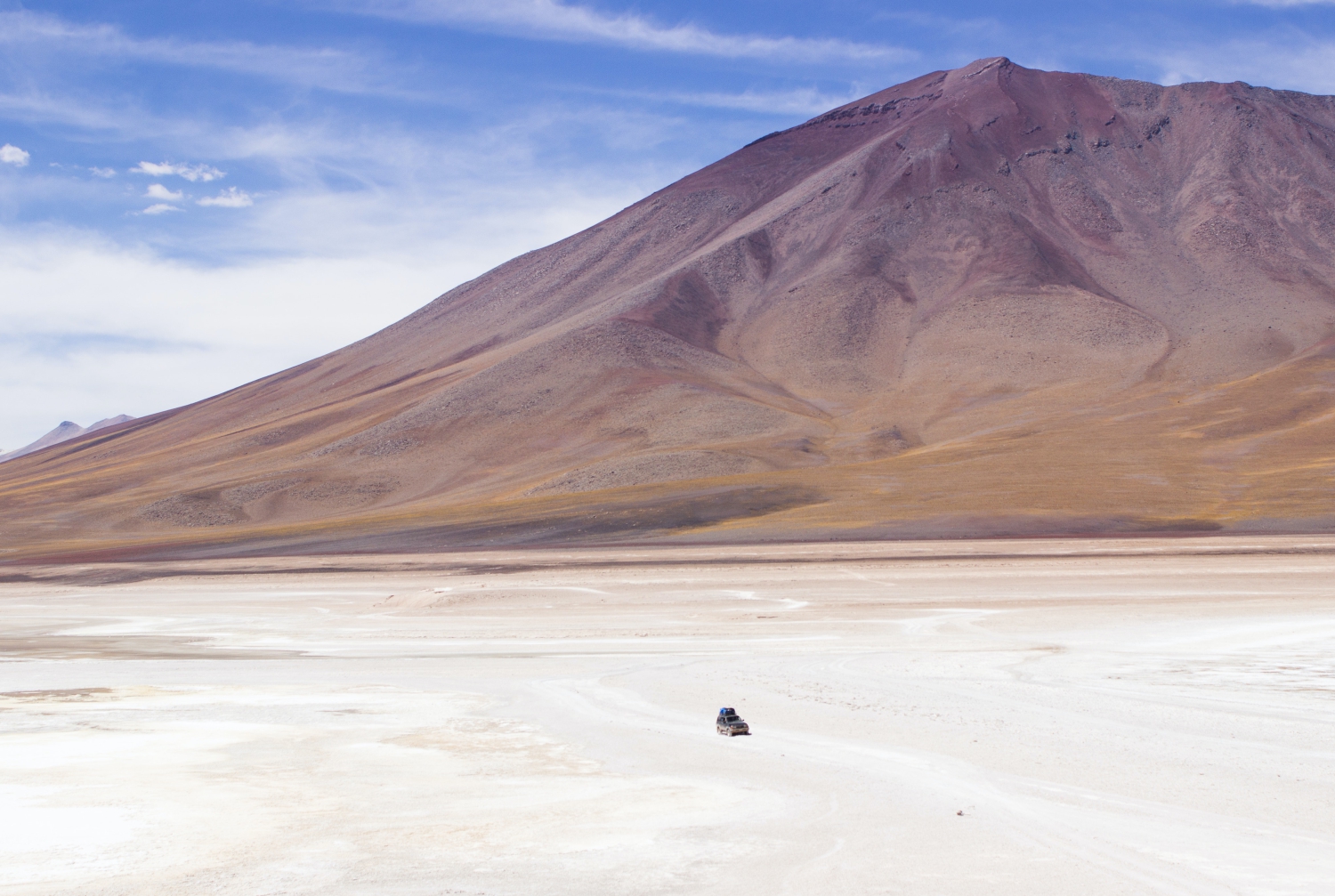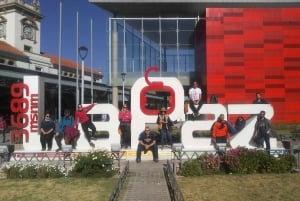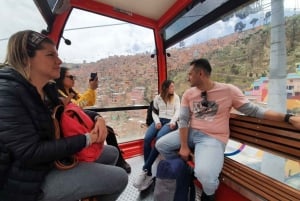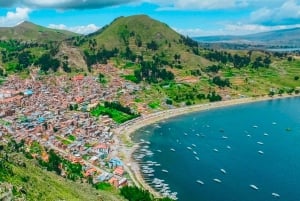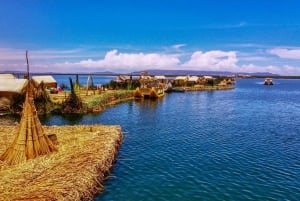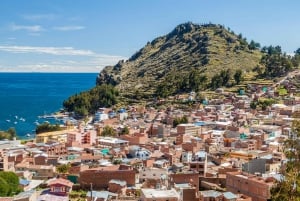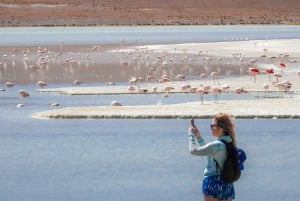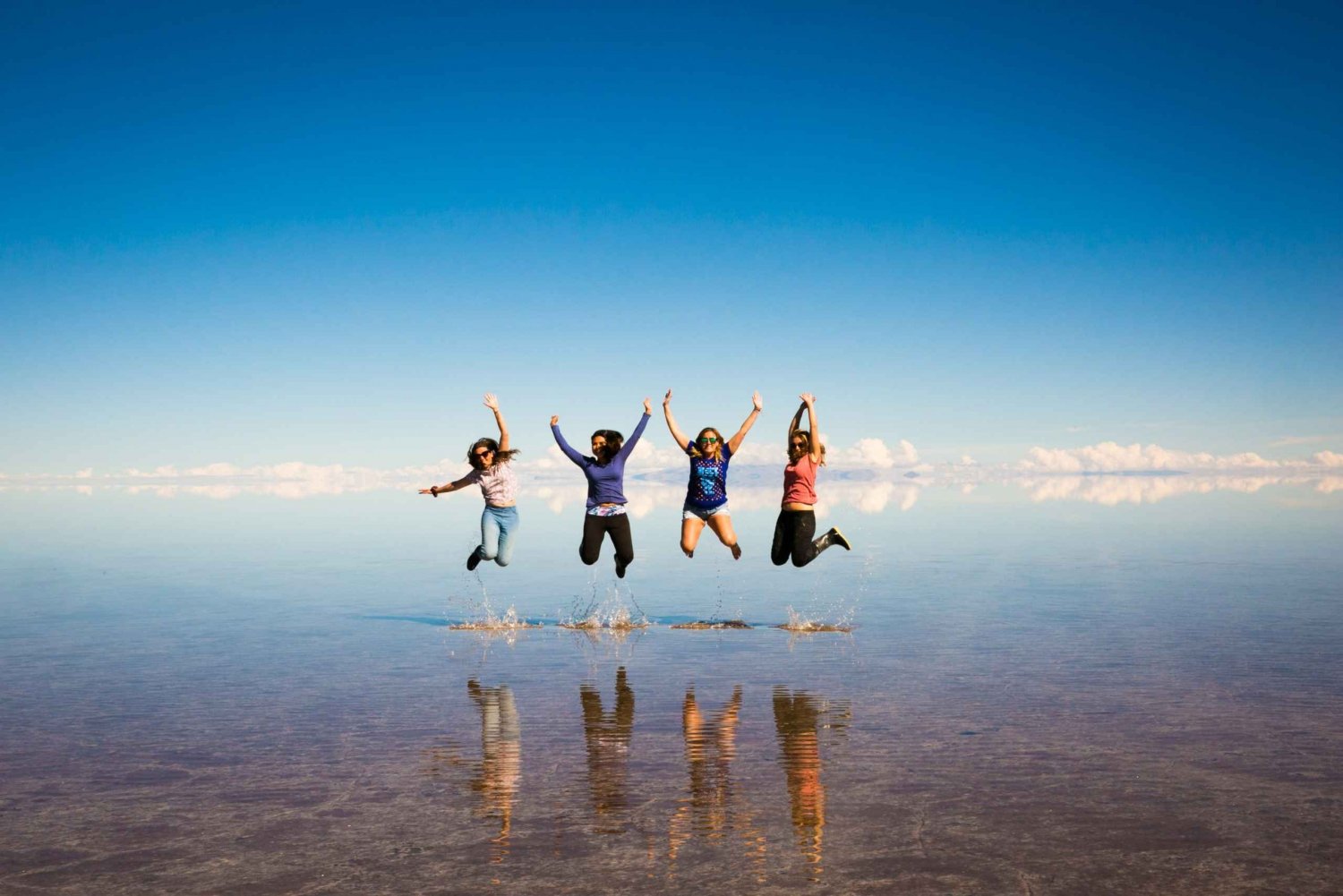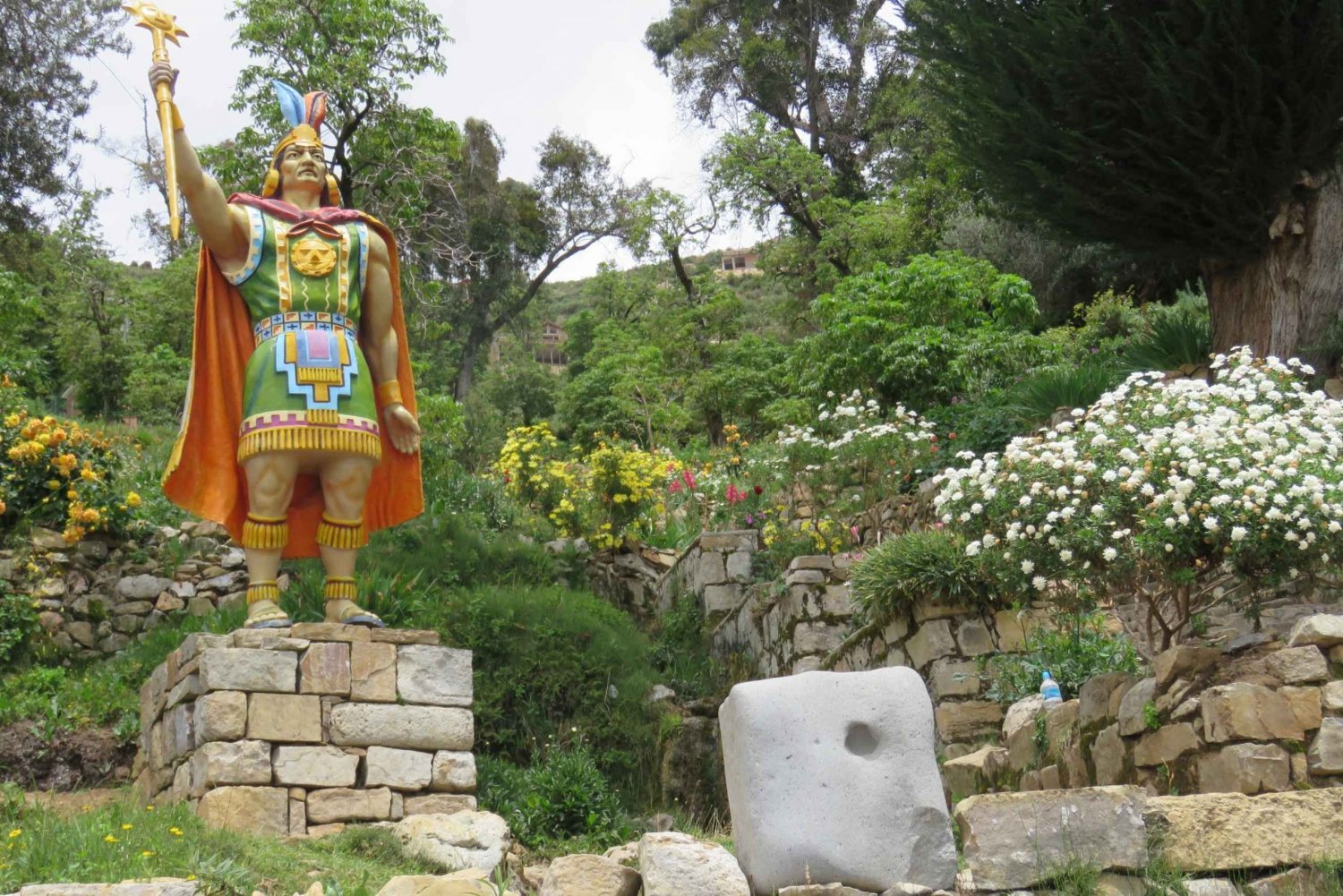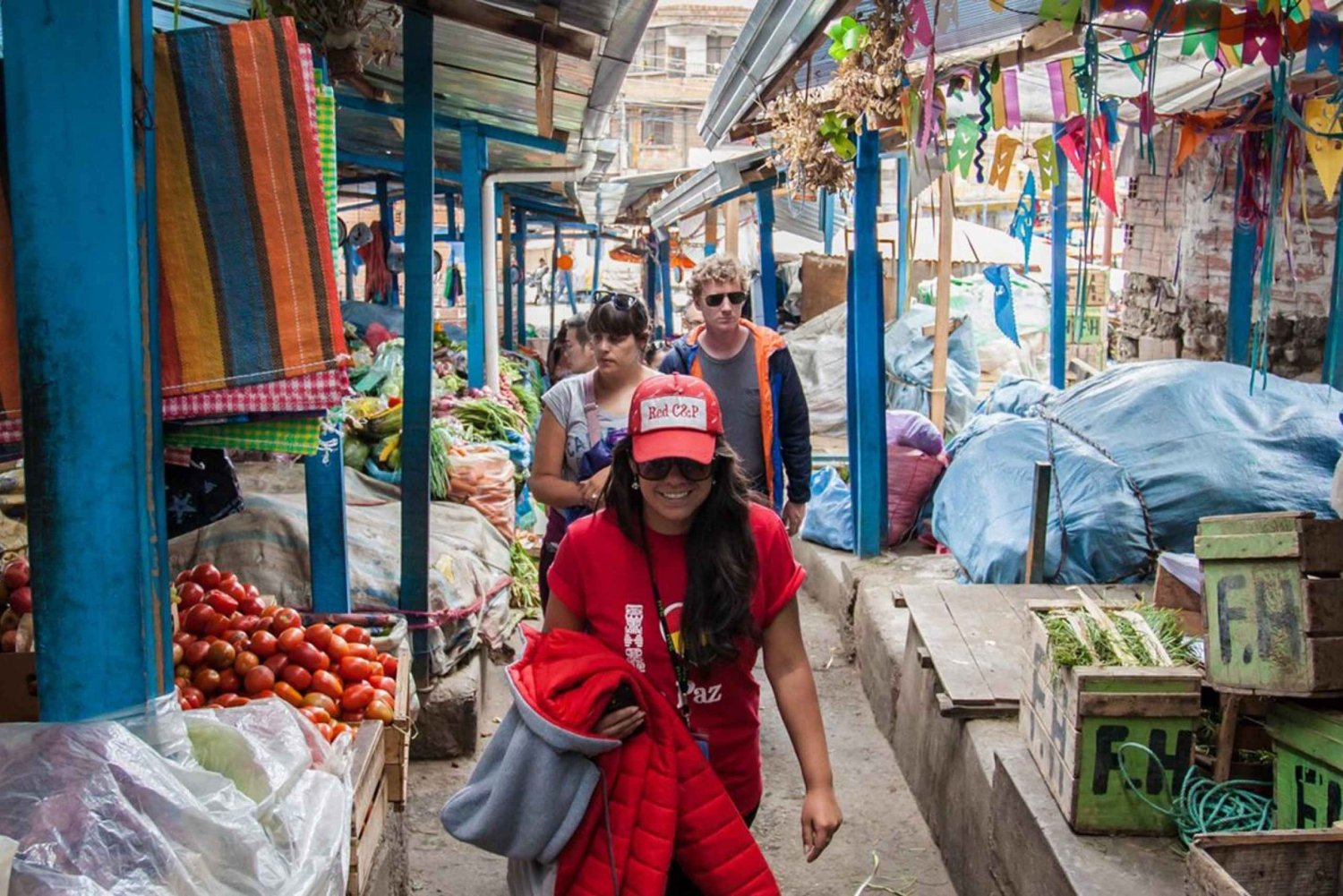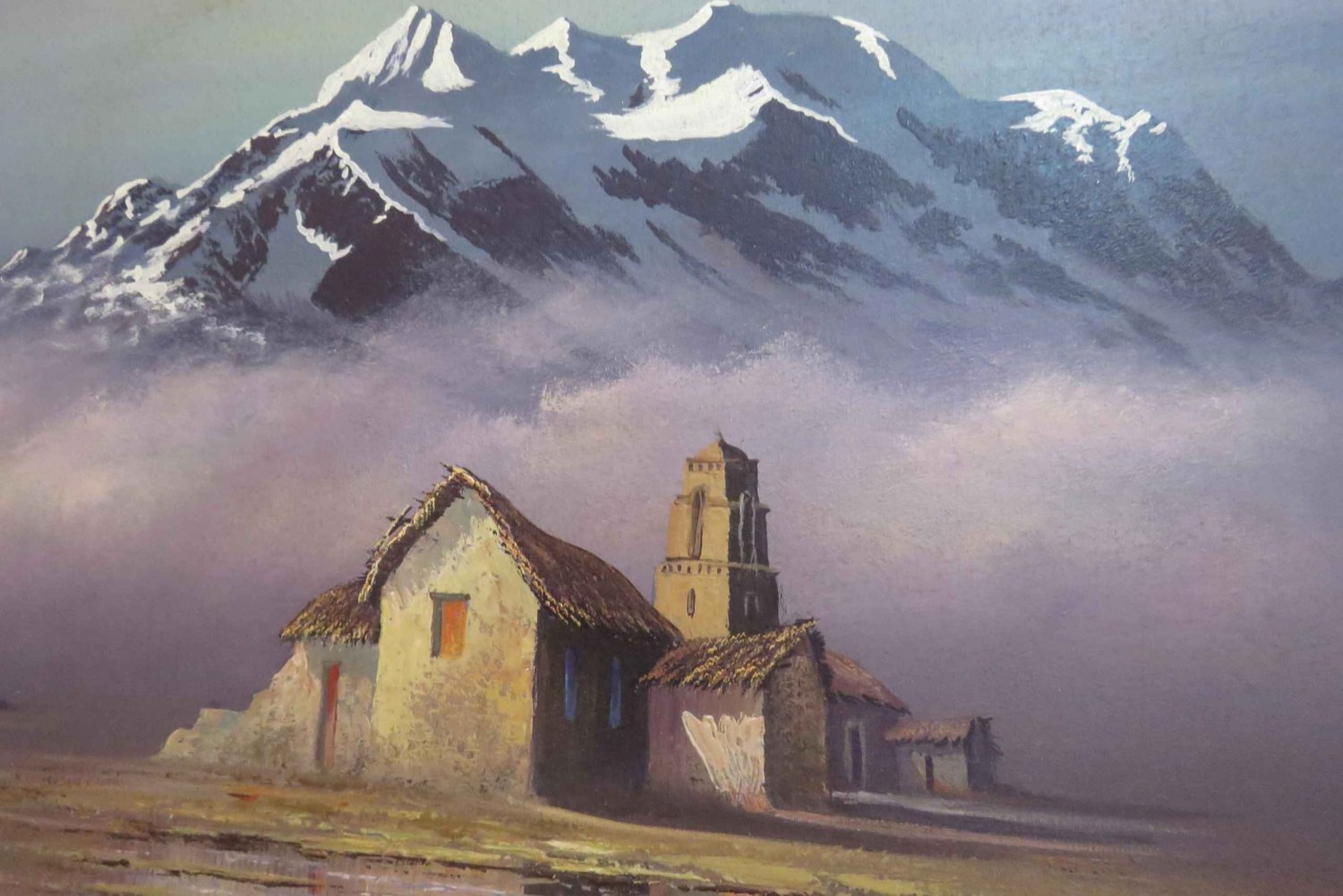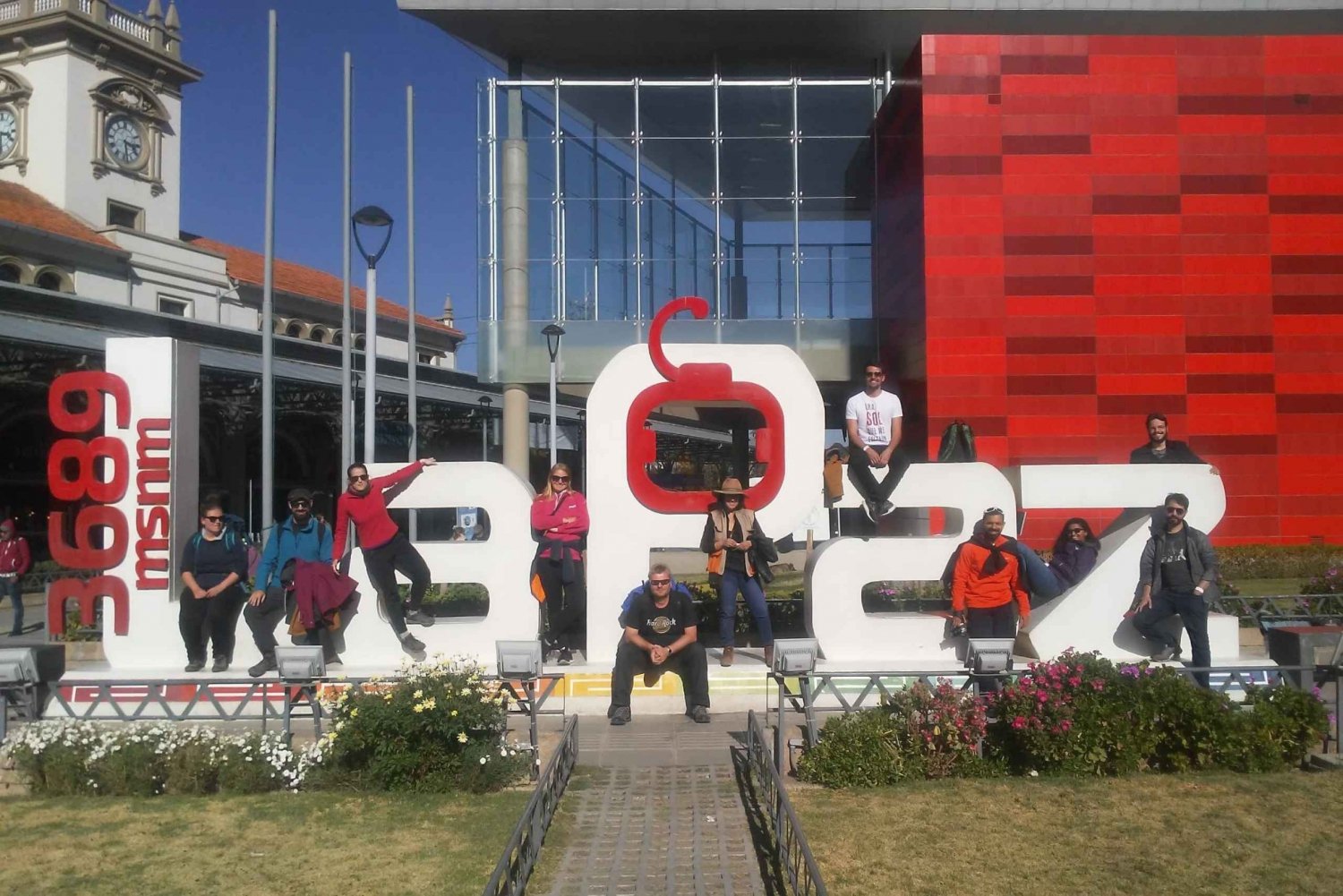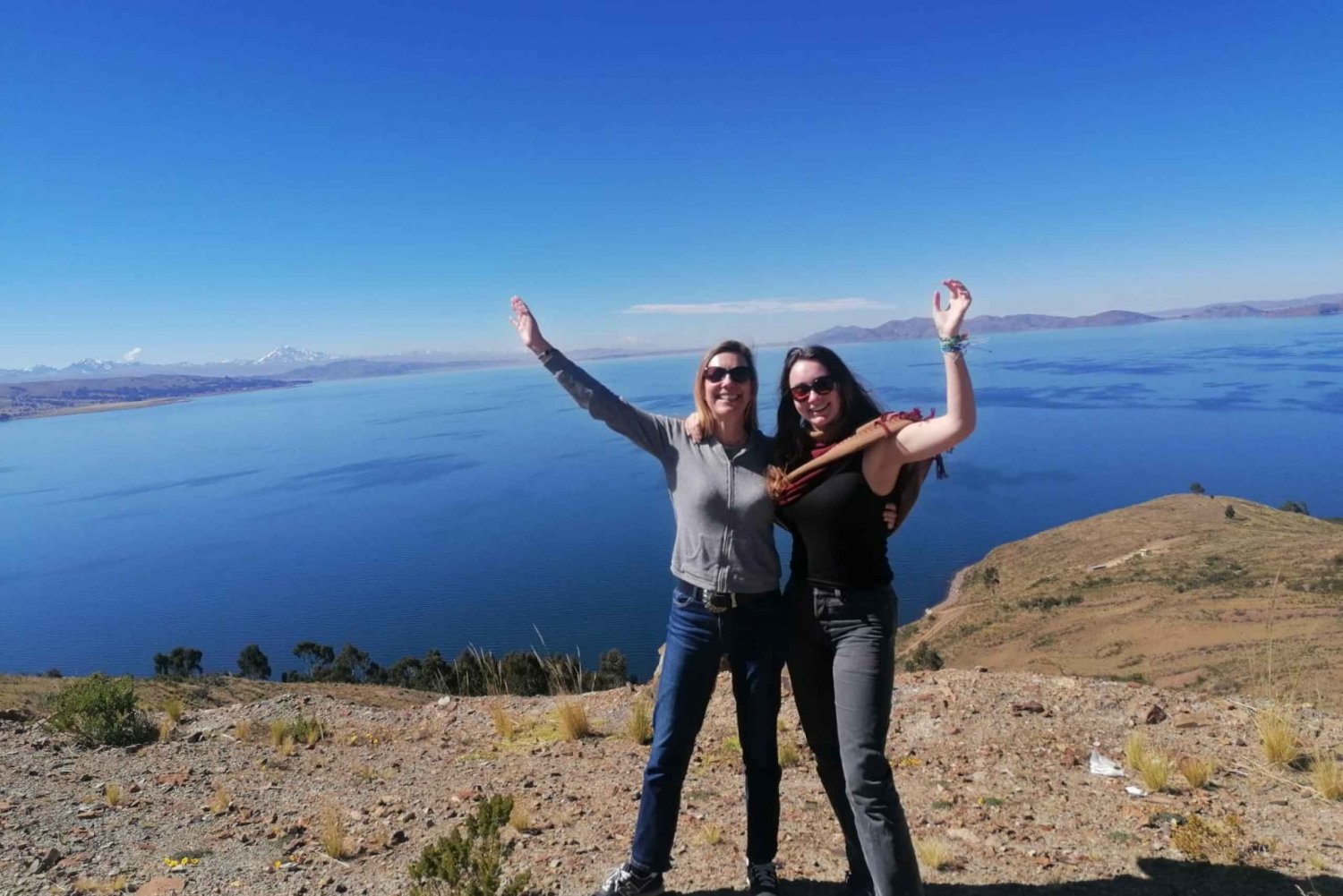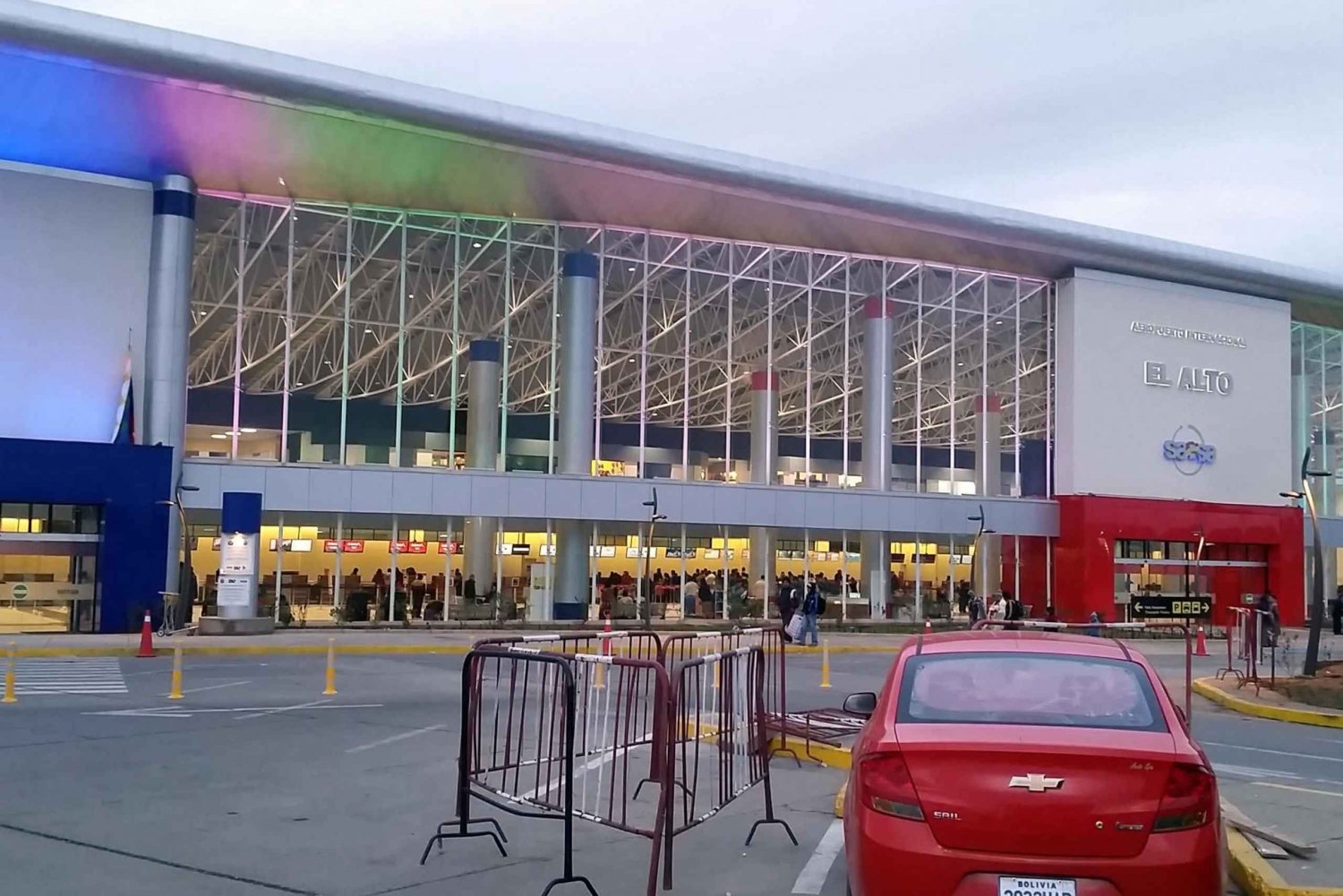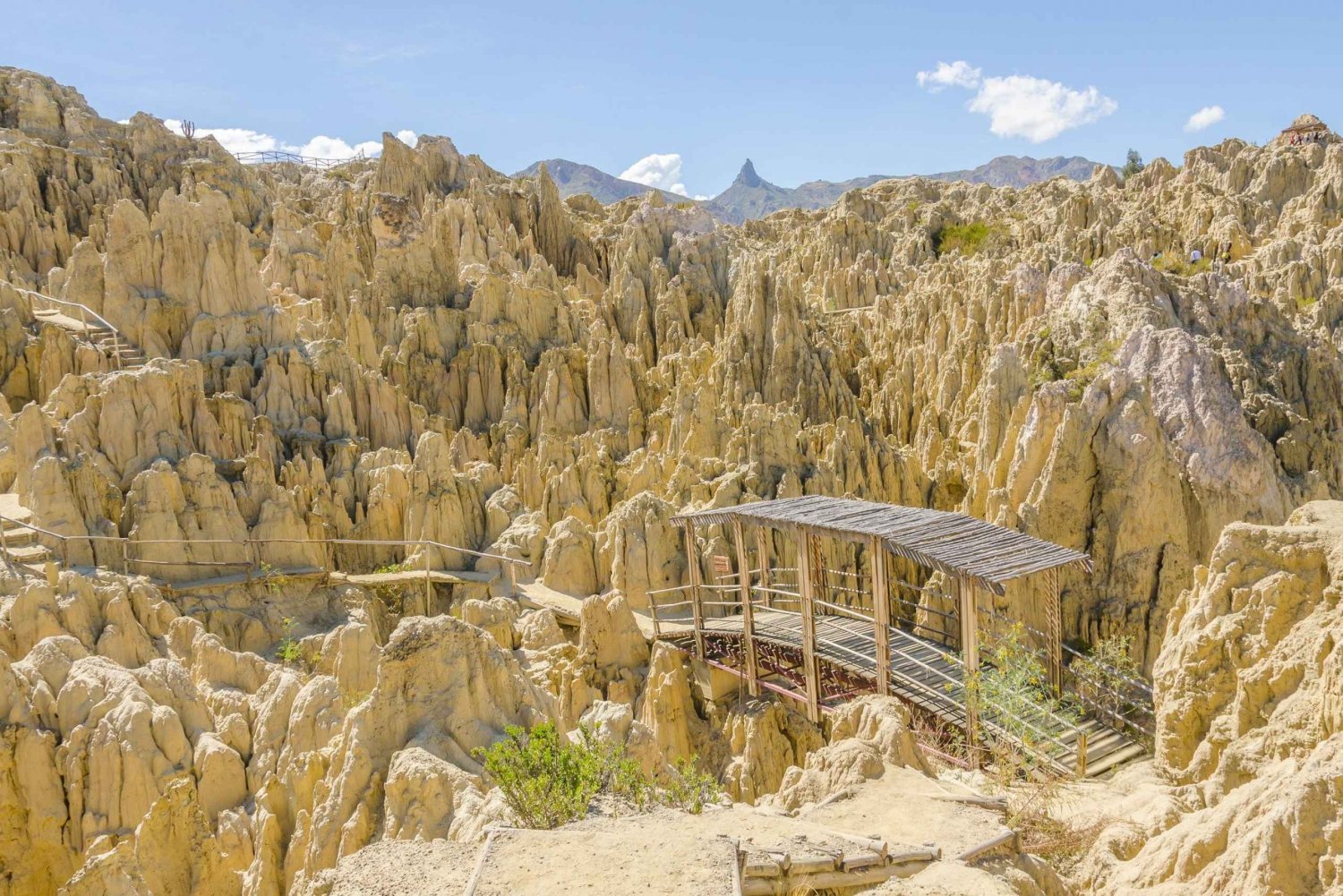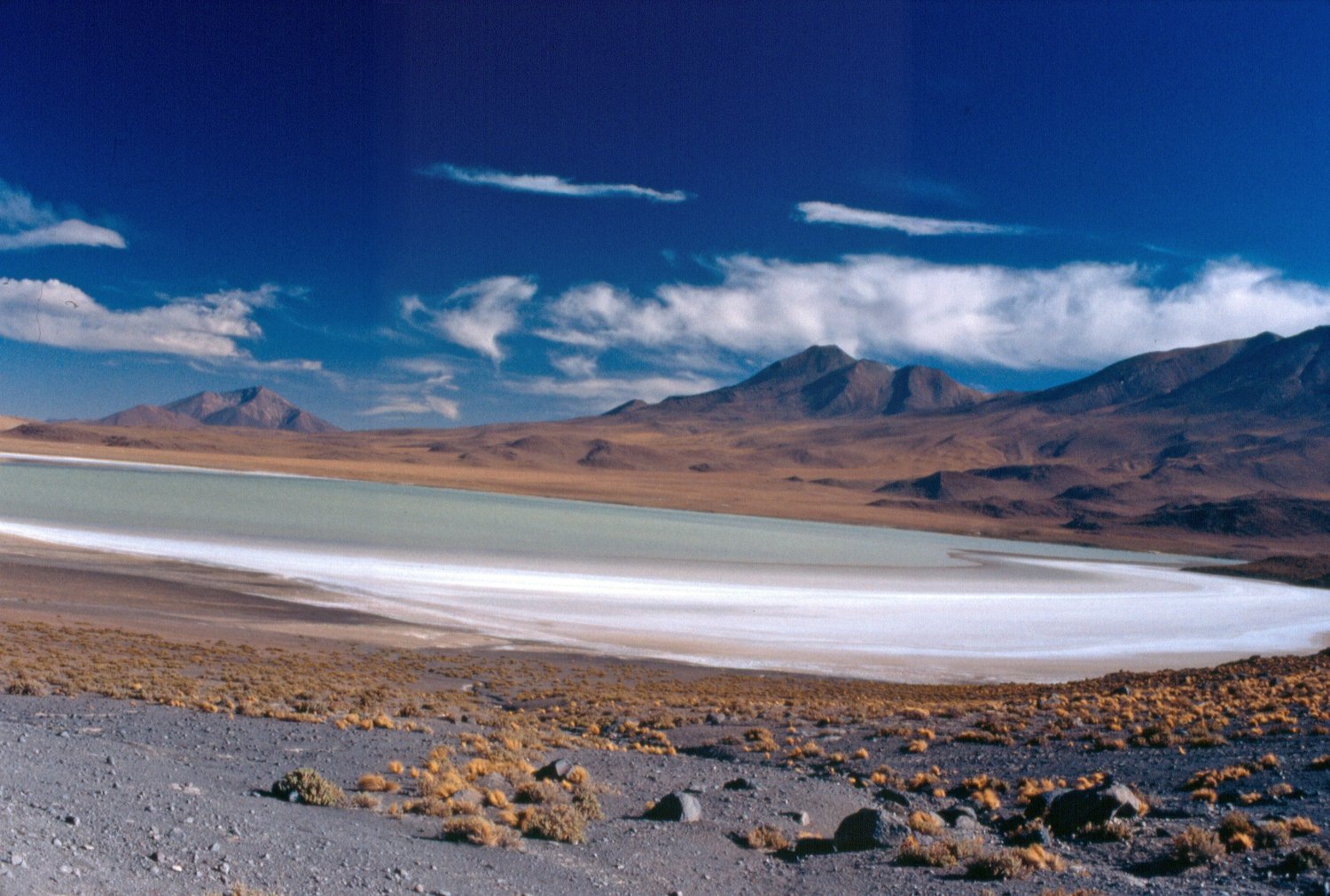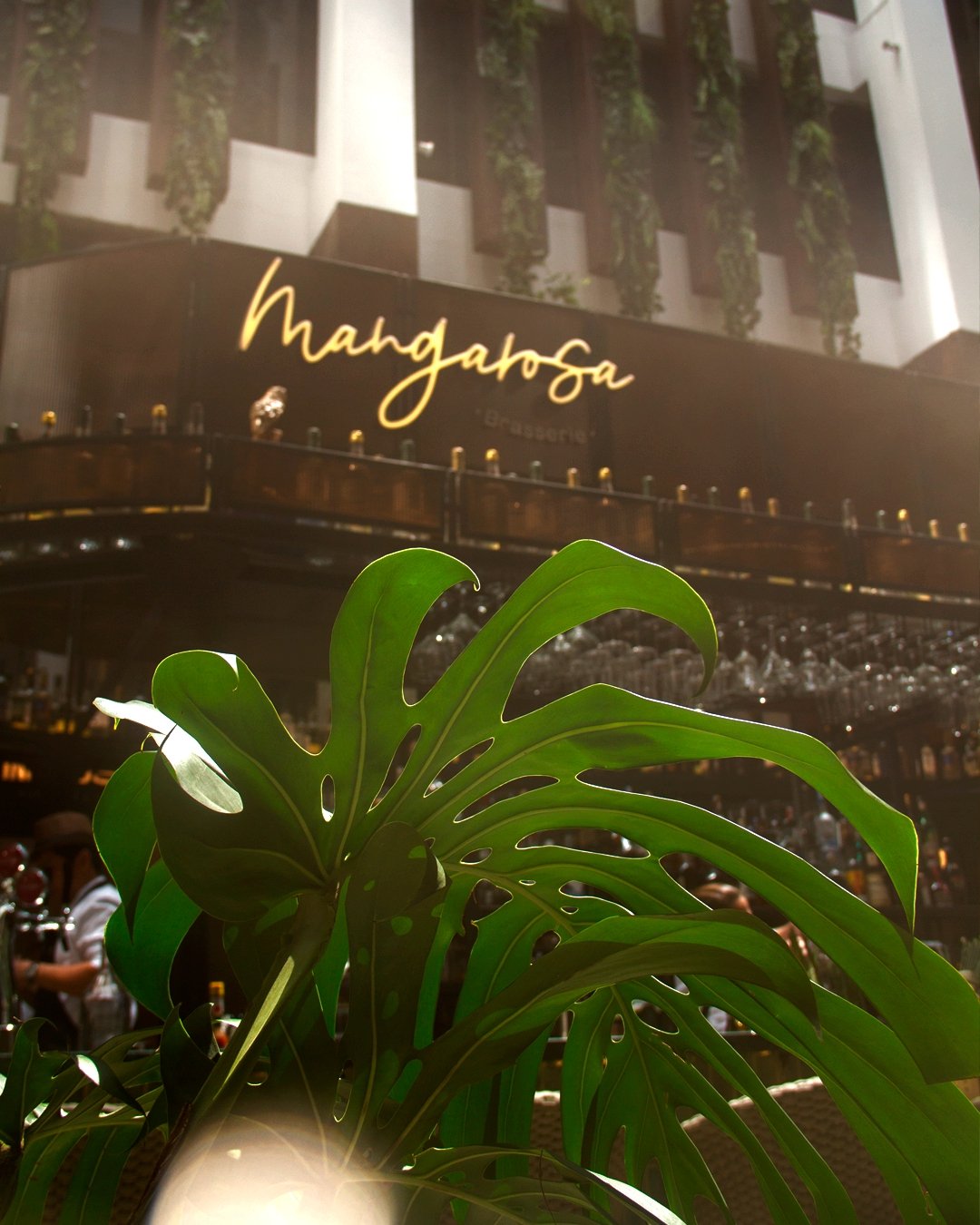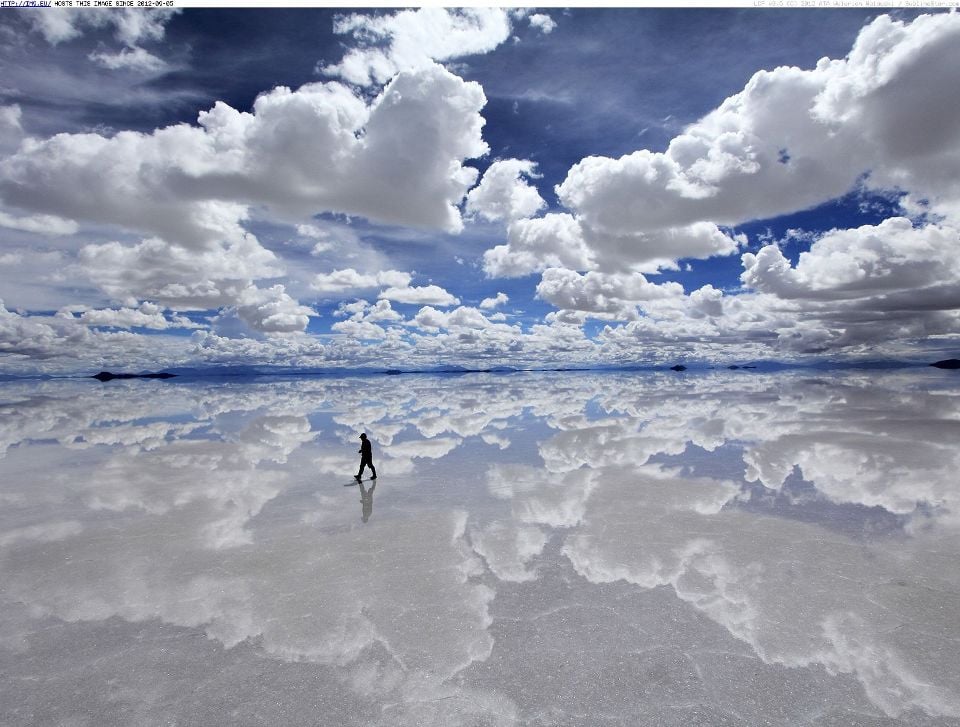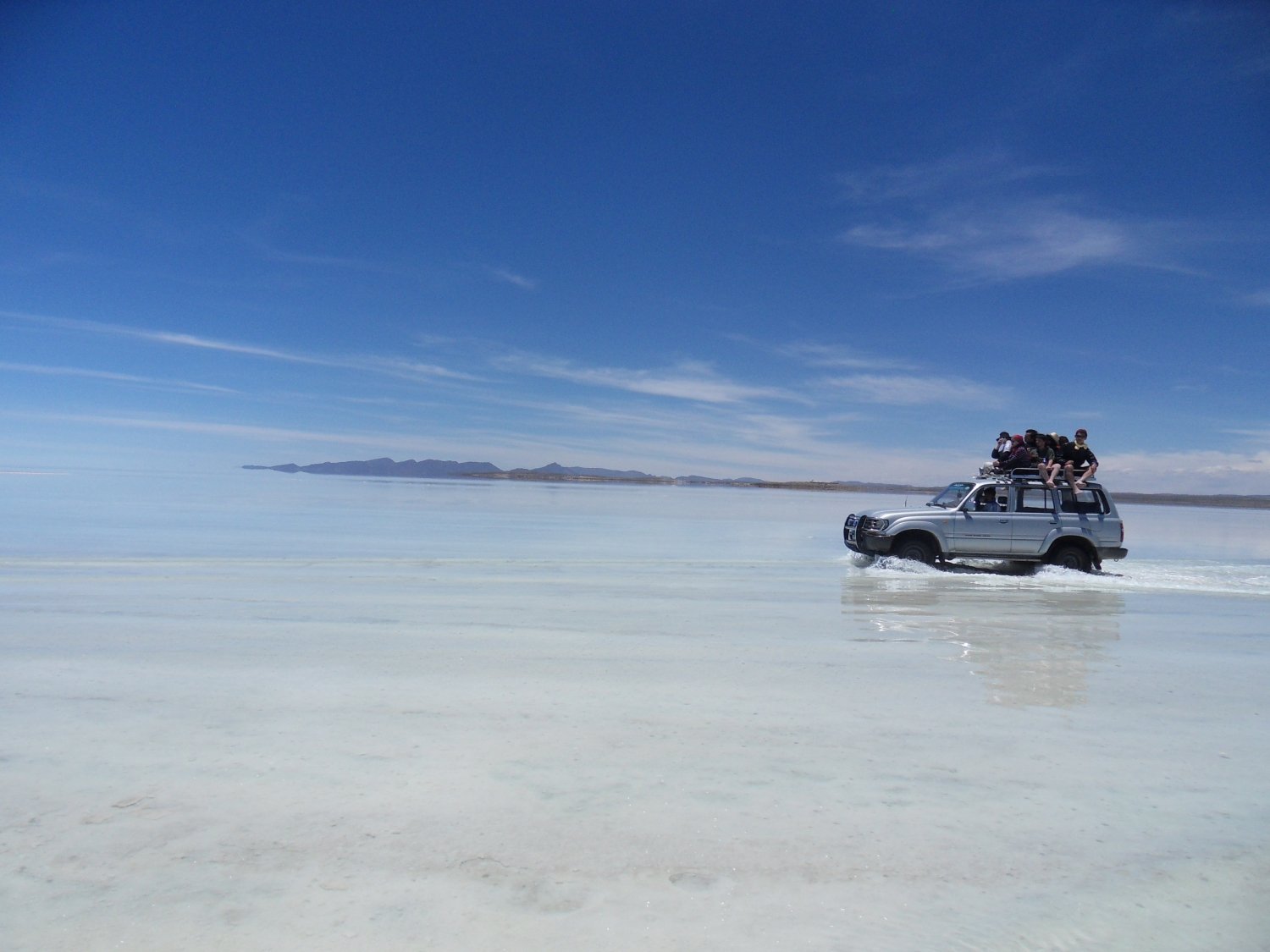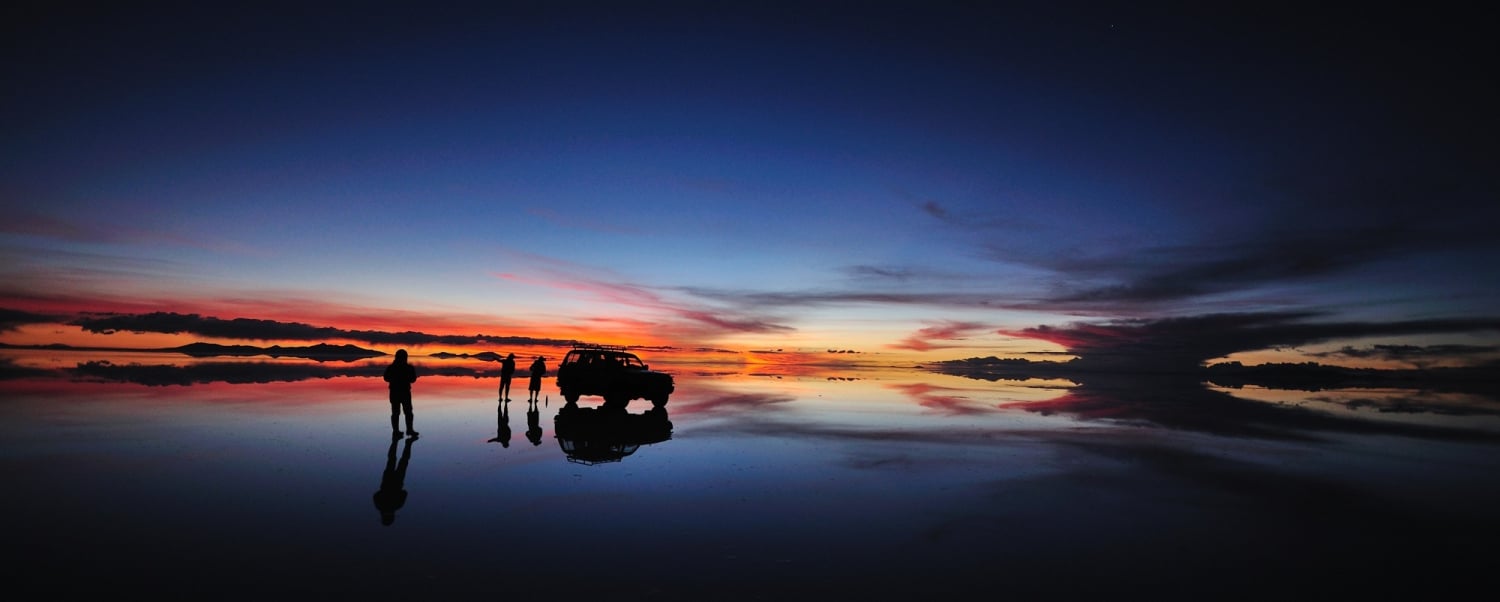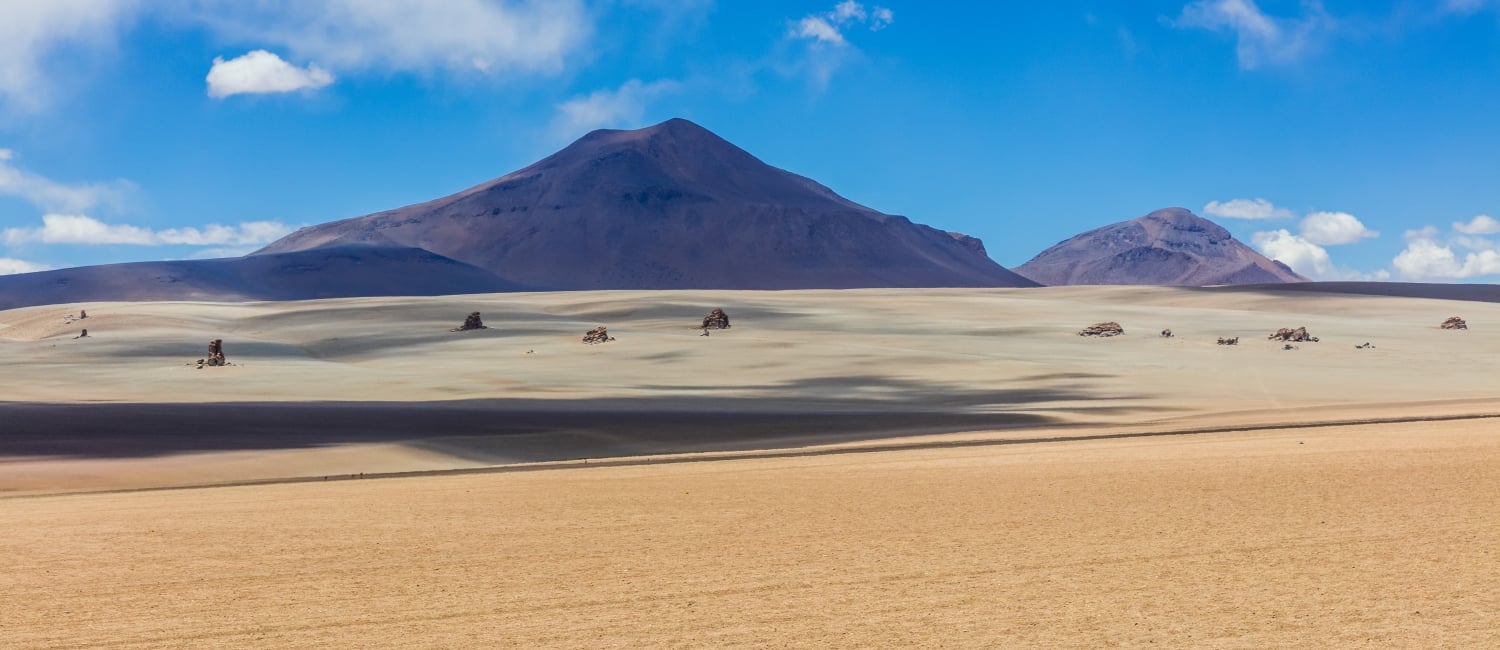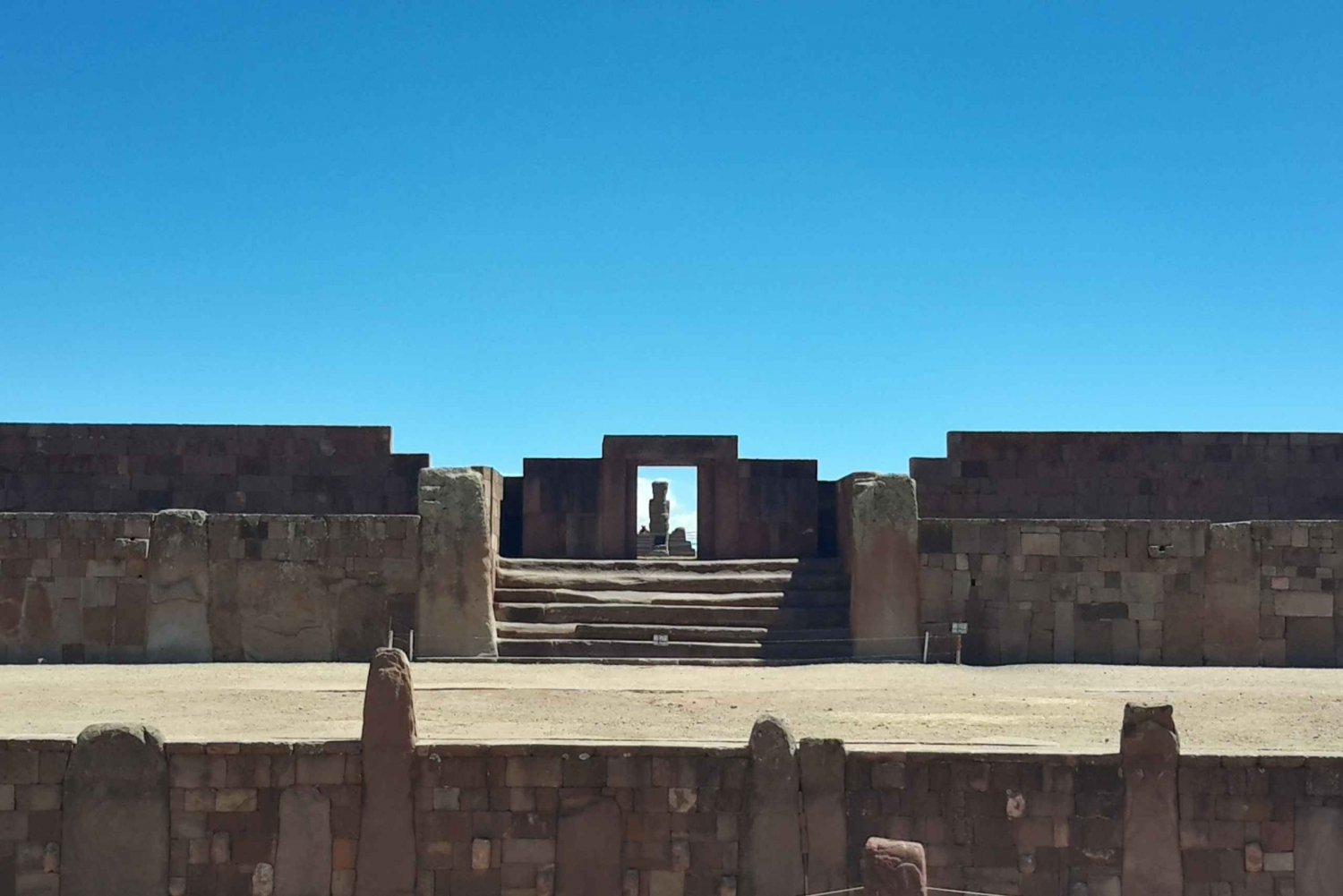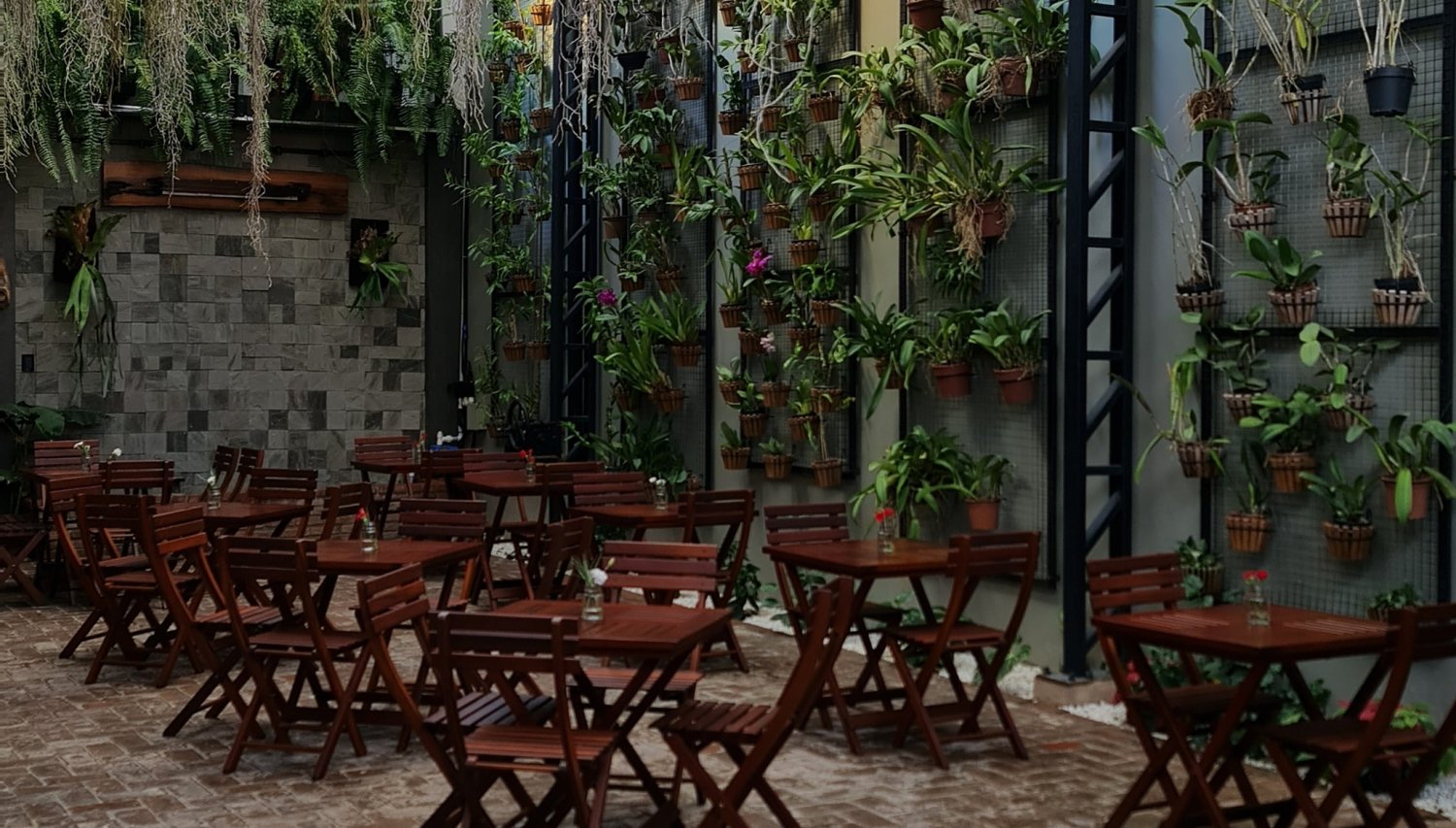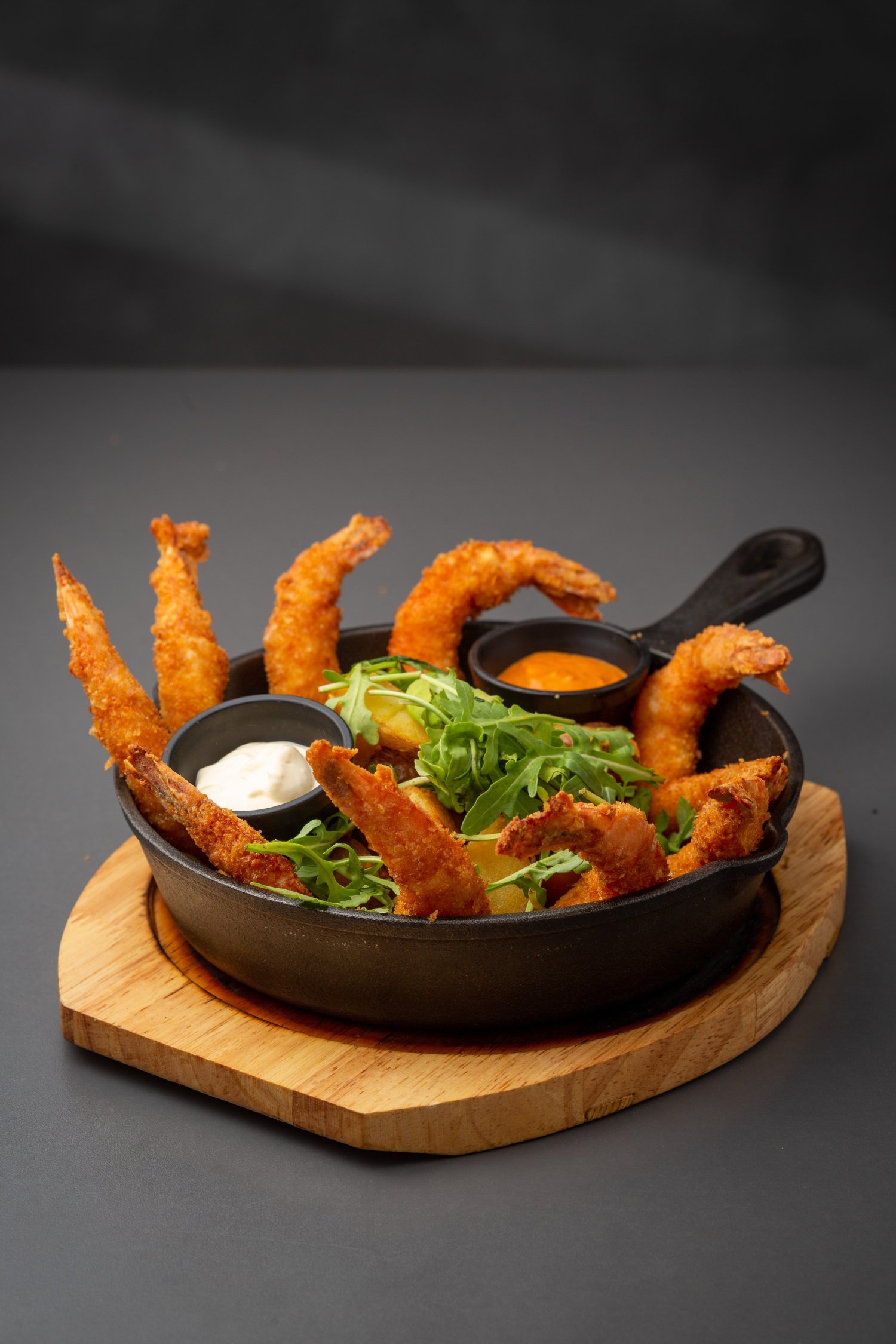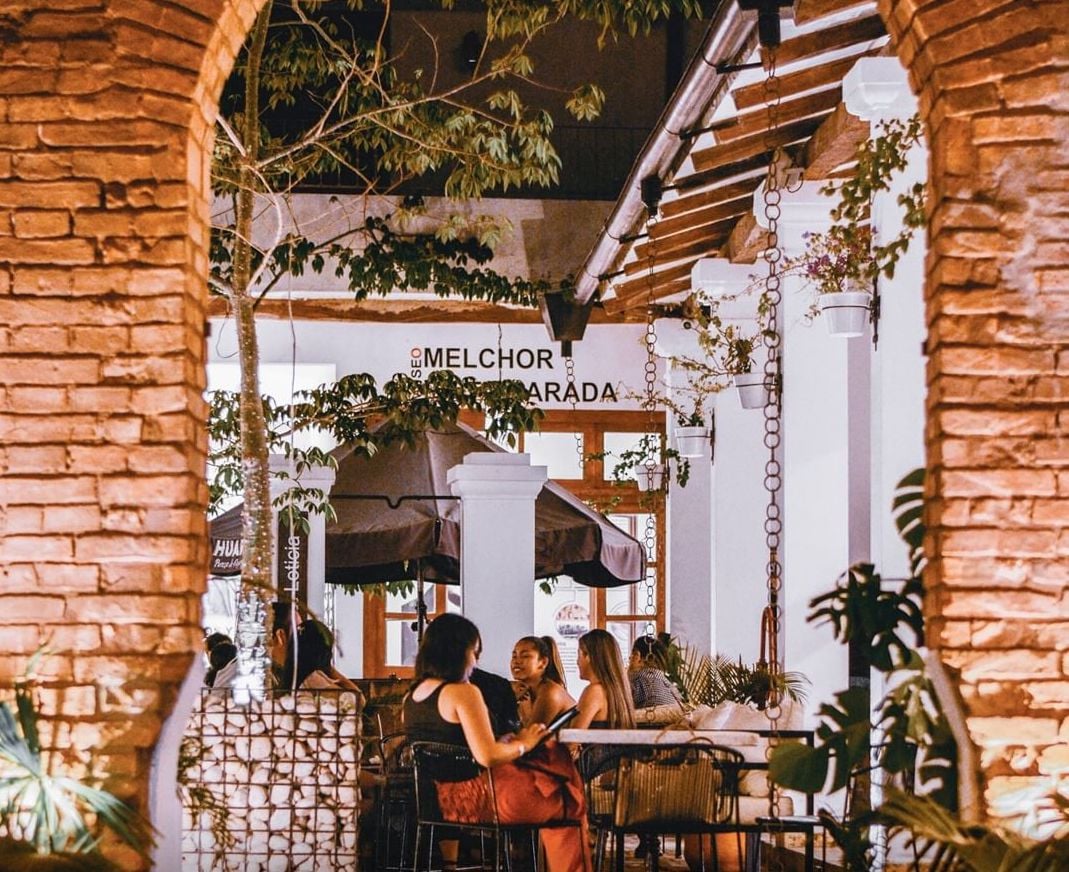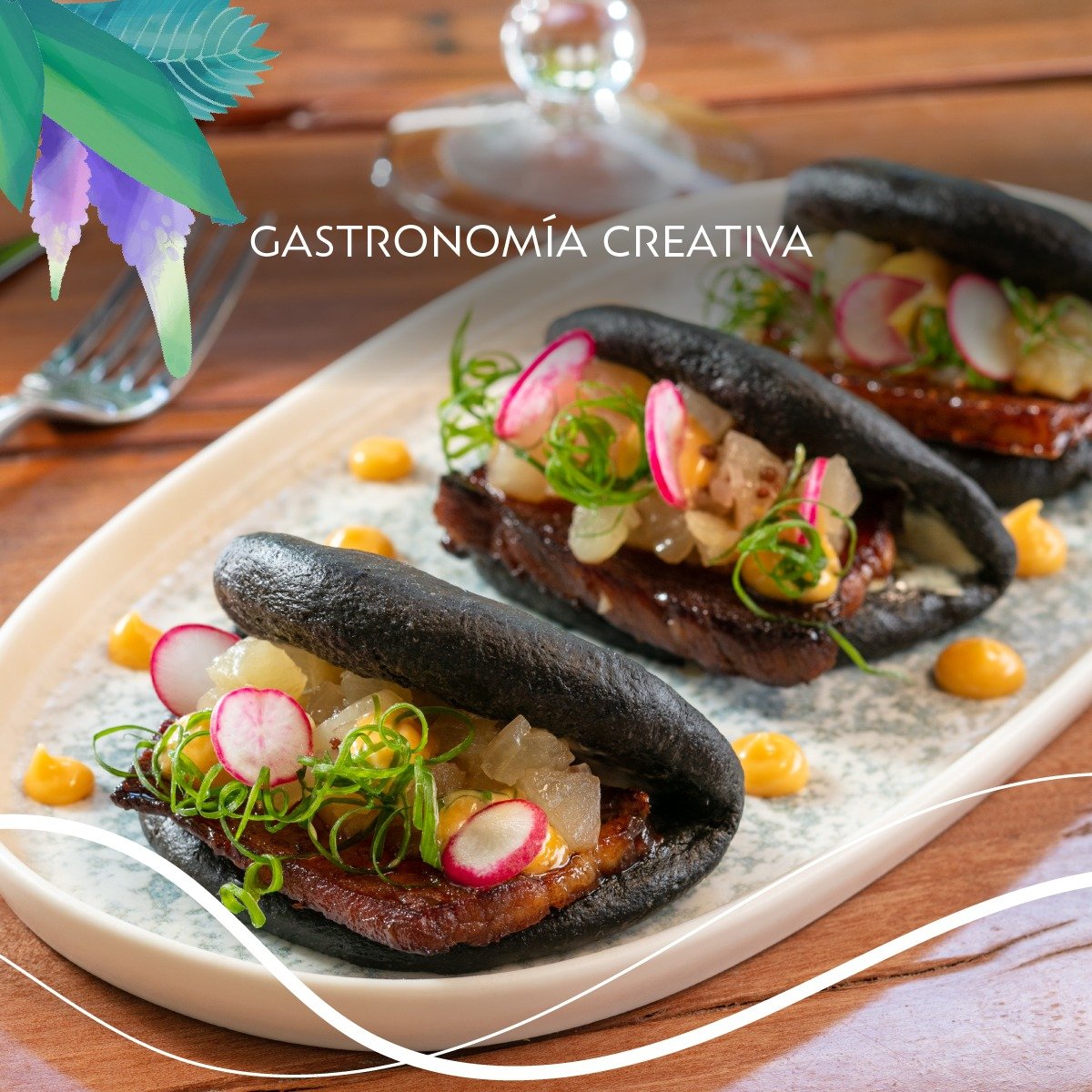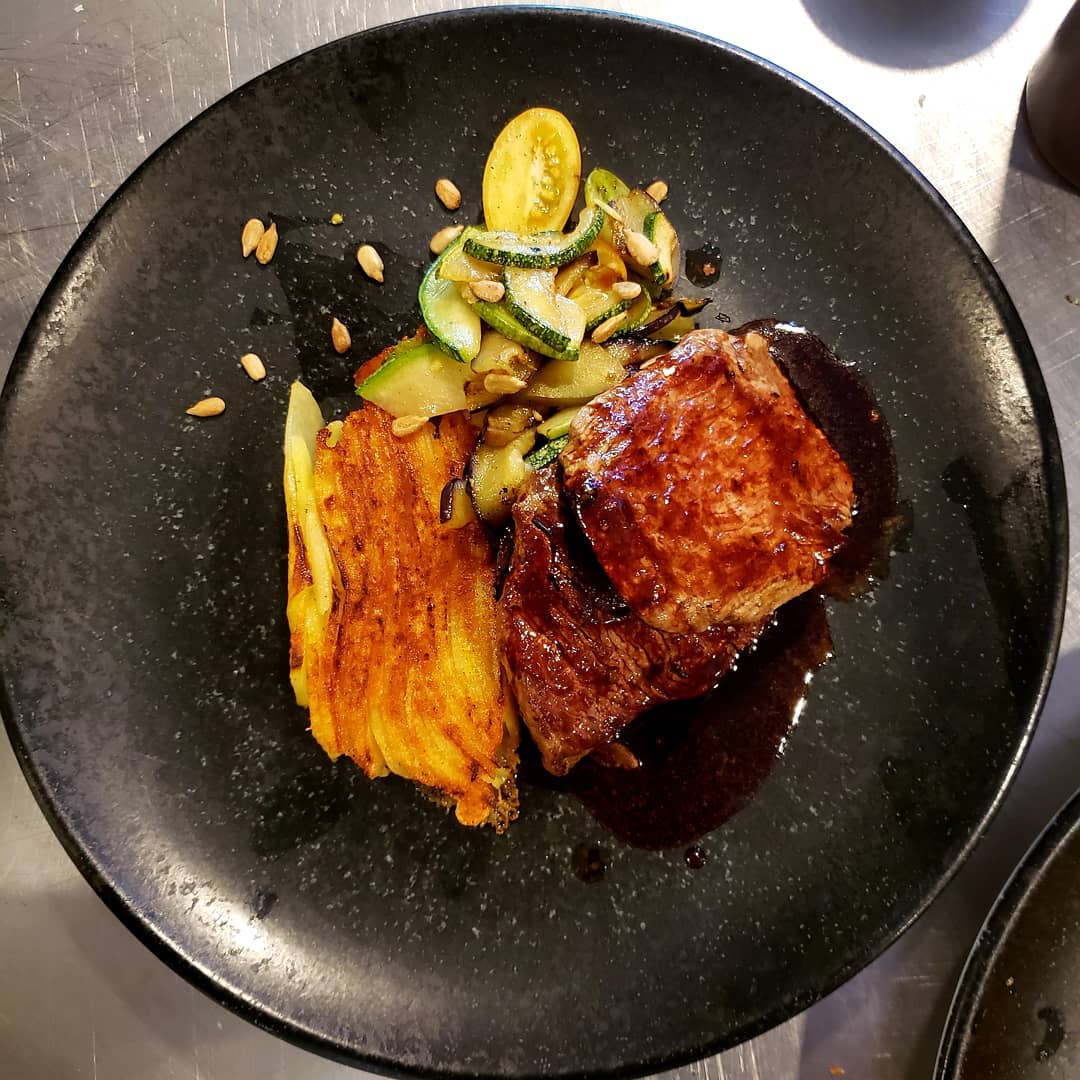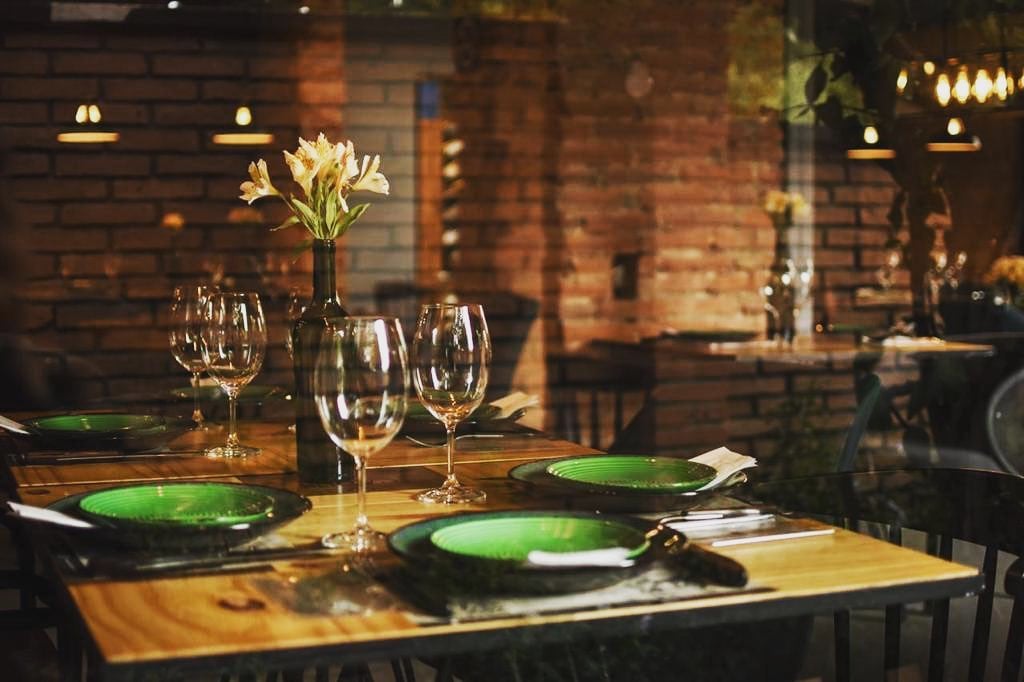Everything You Need To Know Before You Visit Bolivia
Book Top Experiences and Tours in Bolivia:
If youʻre booking your trip to Bolivia last minute, we have you covered. Below are some of the top tours and experiences!- La Paz: Uyuni Salt Flats & San Pedro de Atacama 3-Day Tour
- La Paz and El Alto: Cable Car Rides and Walking Tour
- La Paz: Cable Car, Cemetery, Shaman, and El Alto Tour
- La Paz: Full Day Trip to Copacabana and Isla del Sol
- From La Paz: 2-Day Tour to Isla del Sol & Lake Titicaca
What's more, Bolivia is an affordable destination for travelers seeking to stretch their budgets further. From lodging and dining to transportation, prices are generally low. However, there are a few key considerations to keep in mind before embarking on your Bolivia adventure.

Here are some tips to help you make the most of your trip.

First of all, depending on the country you are traveling from, you will need a visa or not. Before embarking on your trip, be sure to check whether you need a tourist visa for Bolivia. While citizens of the UK, most EU and EEA countries, Canada, Australia, New Zealand, Japan, and most nations in South America can visit without a visa, some travelers, including US citizens, may require one. It's best to contact your local Bolivian embassy or consulate to confirm the latest regulations.
Weather and climate

Bolivia's high season runs from May to October when the weather is generally sunny and ideal for trekking and other outdoor activities. However, temperatures can drop sharply during winter in the altiplano, so packing warm layers is essential. It's worth noting that demand and prices for tours and accommodation are higher during this time, so booking ahead is advisable.
The shoulder season, from October to November, is a great time to visit the Salar de Uyuni, as temperatures start to warm up, and rain remains scarce. The low season from November to April, on the other hand, can be hot and rainy, making transportation difficult, and outdoor activities less appealing, especially in the lowlands.
Another factor to take into account is the variety of climates that you can find in the country, depending on the area you visit. While the Andean region is characterized by its cool, dry climate, the tropical lowlands can be hot and humid, and the Chaco is often dusty and arid. So, when preparing for your trip, don't forget to pack for the different climates you'll encounter.
Altitude

Most tourist destinations in western Bolivia, including La Paz, Potosí, Lake Titicaca, and the Salar de Uyuni, are located at elevations above 3000m (9840ft). This means that altitude sickness is a real risk, even for those who are physically fit. Symptoms of acute mountain sickness (AMS) include headaches, nausea, vomiting, dizziness, malaise, insomnia, and loss of appetite. To avoid AMS, take the time to acclimatize properly and avoid overexerting yourself. Additionally, avoid alcohol, eat light meals, and get plenty of rest. If you experience any serious symptoms of AMS, descend to a lower altitude immediately and seek medical help.
Also you should know about coca leaves, as they are an effective natural solution for this issue. Coca leaves are sacred to the Andean people and have been used to relieve the symptoms of mild altitude sickness, headaches, sore throats, and upset stomach aches. Among the ways people have traditionally relieved the symptoms of mild altitude sickness is by chewing or making tea with coca leaves. However, if you try this method, you need to know that, while it's legal in Bolivia, coca leaves are illegal almost everywhere else as they're used to produce cocaine. It's essential to avoid taking any coca leaves or coca products out of the country, as customs authorities take this issue seriously.
Safety and Health

Malaria is present in Bolivia's lowlands, particularly in the Amazon region. Taking antimalarial prophylaxis is important, and there are various types of medication available. However, it's also important to take precautions against mosquito bites to prevent the spread of other diseases, such as Dengue fever, Chagas disease, and the Zika virus. Wearing protective clothing, using mosquito nets, and using effective mosquito repellent can all be helpful.
Talking about safety, while Bolivia is generally safe for travelers, it's essential to take precautions. Maintain constant vigilance throughout your travels, as there have been numerous reported incidents of criminal activity targeting foreign visitors.
When selecting your mode of transportation, opt for established companies and seek guidance from local sources.
In popular tourist areas and crowded spaces, particularly central La Paz, petty theft is prevalent. Avoid leaving your bag or belongings unattended, and ensure that your passport, air ticket, and other valuable items are securely stored.
Instances of taxi-related robberies have increased in Santa Cruz and La Paz. If you choose to use a taxi, opt for a "radio taxi" identifiable by the taxi company's name and telephone number displayed on the vehicle's roof.
Itinerary

From its mountainous west (altiplano) to the Amazon Basin, Bolivia is a country with plenty of interesting places to visit and things to do. Therefore, it’s suggested to plan your schedule before you arrive.
Some of the most interesting places to visit are the world famous Uyuni Salt Flats, the historical Titicaca Lake and the thrilling Yungas Road. But these are just the tip of the iceberg of all the wonders Bolivia has to offer. You can discover the country’s lesser-known attractions here.
Another aspect to take into account at the moment of visiting Bolivia is its cities, which have an important historical relevance and rich cultural heritage. La Paz, the capital city of the country and notorious for its nightlife, Sucre, an ancient colonial picturesque town, and, Santa Cruz de La Sierra, the jumping-off point for trips to visit the Amazon, and also known for its vibrant nightlife. Save some time to explore these destinations you can’t miss.
Useful Tips

-The official language of Bolivia is Spanish (and also several indigenous languages), you should learn at least some Spanish chunks to communicate effectively during your stay.
-The official currency in the country is the Boliviano. Even though some places accept credit cards, you should always carry some cash with you.
- The electricity voltage in Bolivia is 220v, and the electricity sockets are plugs type A & C.
- The gastronomy in Bolivia is very particular; the country has a very rich culinary tradition influenced by its indigenous cultures and Spanish colonial heritage. Go willing to try new flavors.
- Bolivia has a rich indigenous culture, and it's important to respect local customs and traditions. Seek permission before taking photographs of people, especially in rural areas. Learn about local etiquette and dress modestly when visiting religious sites.
- Pack clothing suitable for different temperatures, including warm layers, waterproof gear, and sturdy shoes for outdoor activities. Sunscreen, sunglasses, and a hat are also necessary, as the sun can be strong at higher altitudes.


